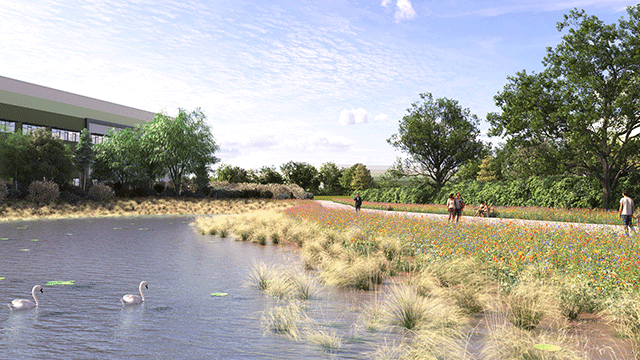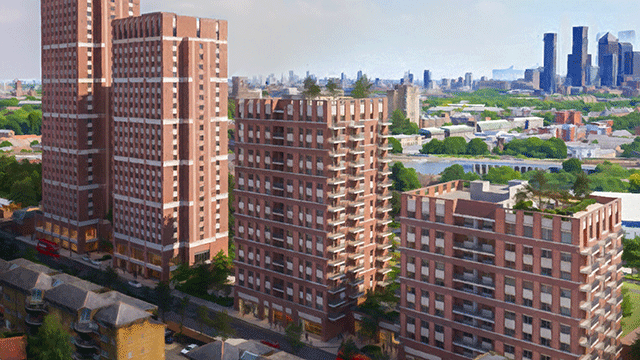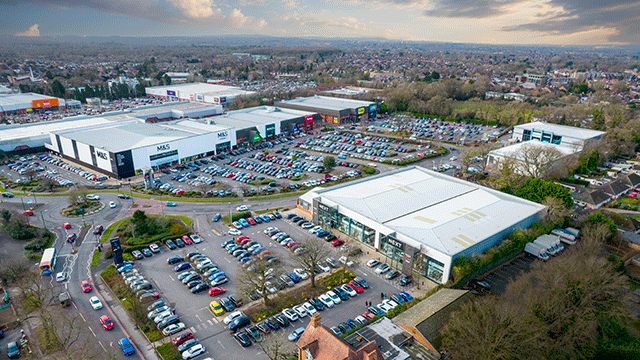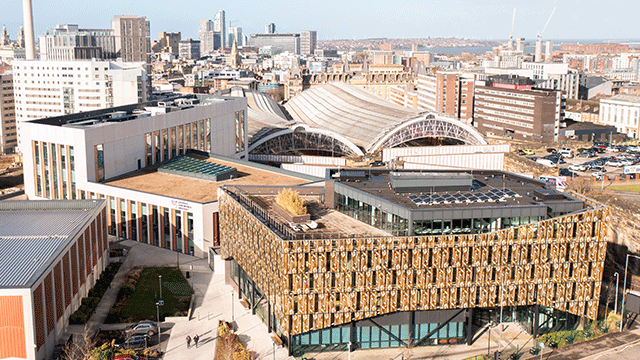A year on from the publication of the sustainable communities plan – and the government is still talking the talk of sustainable development.
Whether anything has actually happened over the past 12 months is less clear.
In August, the deputy prime minister announced plans to destroy 400,000 “substandard” homes in areas of “housing market failure” in the North, and pledged £155m of “government money” (our taxes) into a growth fund for the area, to stick in useful things like roads.
Amid the Prescottian hyperbole, the private sector did sit up and take notice. For example, Stanhope and ING formed a joint venture, Cibitas Investments, with two former English Partnerships executives, to take advantage of the revitalisation of the North.
But the real focus for sustainable communities (or green things, as they have been dubbed), remained on the South, in the Thames Gateway, Milton Keynes and the south Midlands, Ashford in Kent, and the London-Stansted-Cambridge area.
In May, economist Kate Barker published a Treasury-sponsored report into UK housebuilding which, surprisingly enough, agreed with the government and recommended yet more homes on the flood plains and downs of the Home Counties.
Grand plans
Among ambitious proposals for a development tax and more reforms for the planning system, Barker proposed that UK plc should be building an extra 70,000 to 120,000 homes every year at a cost of £1.2bn- £1.6bn – neatly tallying with the Treasury’s plan to bring UK house price inflation into line with the EU average of 1.1%.
The government praised Barker’s findings and agreed we should build more homes and sort out planning — before quietly shelving most of her recommendations in a truly governmental way until after the election.
Which, it turns out, was quite sensible really. Throughout the year, the grand plans have met local opposition and, more seriously perhaps, warnings from the Environment Agency that the new homes will lead to increased flood risk.
Other brickbats have come from the Prince of Wales, who has challenged the government’s commitment to “fast-building” methods, such as prefabrication, and accused it of pursuing a policy that will lead to the same mistakes as those which characterised the 1960s.
But the delivery vehicles are starting to rev their engines. This year saw the establishment of an urban development corporation for west Northamptonshire, focusing on Northampton, Daventry and Towcester. UDCs for the Thames Gateway – one in London and one in Thurrock – have now assembled their teams and can start looking at assembling some sites.
No doubt this will be helped along by English Partnerships, which this year was given superpowers to develop surplus publicly owned land for affordable housing. Apparently, the government is not concerned how many developers English Partnerships annoys along the way as it outbids private developers on private land acquisitions using taxpayers’ money.
With the creation of the Milton Keynes Partnership, and the involvement of developers such as Helical Bar and Crest Nicholson in the New Town, where English Partnerships has large holdings for historical reasons, the UK’s fastest-growing town looks set to grow even faster. Perhaps Milton Keynes is the future after all.
One sad tale from the past year is that of Will Alsop. Once, the architectural enfant terrible was the doyen of every council with big regeneration plans and the pin-up of sustainable communities aficionados.
Major cities such as Liverpool and Manchester, as well as decaying market towns and fallen industrial centres from Barnsley to Manchester, have all adopted Alsop as the visionary for their renaissance.
Despite council enthusiasm, especially from Bradford and Middlesbrough, Alsop’s star has begun to darken, with many of his confections stuck on the drawing board.
At the start of the year, Alsop was so confident in his own abilities that he said a Fifth Grace should be designed, to stand next to his own “Fourth Grace” on Liverpool’s waterfront. But in July, Alsop’s plans for a giant floating egg on the banks of the Mersey, dubbed the Cloud, were abandoned by Liverpool city council and the city’s URC. Last week, a scrutiny panel, set up to examine the collapse of the project, pinned the blame on poor public sector leadership.
Not that this will cheer up Will who, in October, was forced into receivership because of his costly white elephants. The company’s directors had to sell 40% of Alsop Architects to London-based venture capitalist R Capital after the collapse of the Fourth Grace and an urban village in Manchester.
Not the best example of sustainability.










